The Hidden Gems of Dhaka: An Insider’s Guide to the City’s Best Spots
Dhaka, the bustling capital of Bangladesh, is a city where history, culture, and modernity intertwine, creating a vibrant tapestry of experiences for its visitors. With its roots deeply anchored in a rich past and eyes gazing toward the future, Dhaka offers an eclectic mix of attractions that cater to all tastes. From Mughal-era architectural wonders to contemporary landmarks, tranquil green spaces to the lively hum of its markets, the city beckons travelers to delve deep and uncover its myriad treasures. In this guide, we’ll embark on a journey through the top 10 attractions of Dhaka, each narrating a unique story, each promising an adventure. So, lace up your walking shoes, and let’s set forth into the heart of Bangladesh’s most dynamic city.
Here are the 10 best places to visit in Dhaka:
1. Dhakeshwari Temple
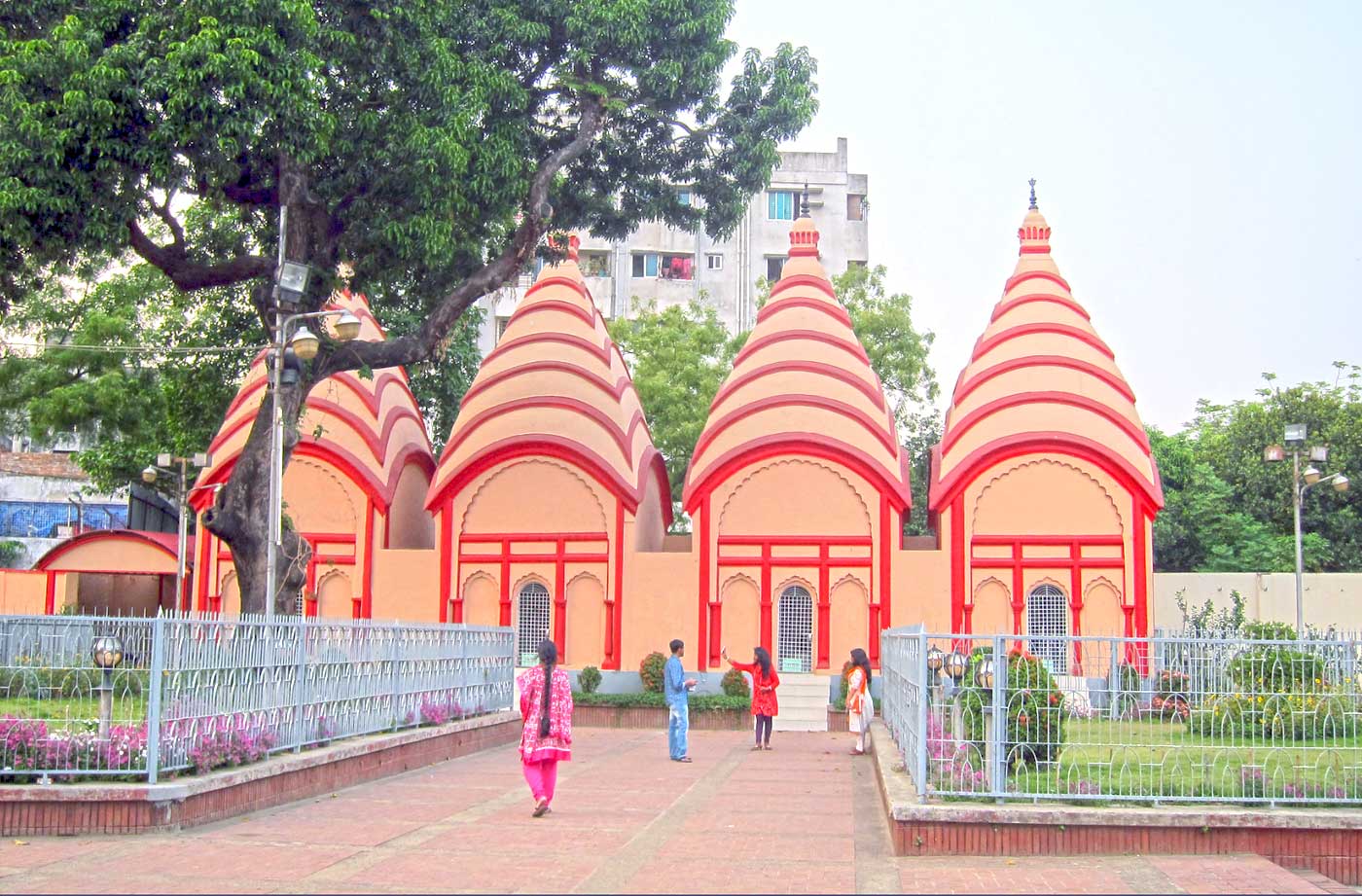
Nestled amidst the bustling streets of Dhaka, the Dhakeshwari Temple stands as a testament to the rich tapestry of culture and history that Bangladesh has to offer. Often regarded as the heart of Hindu worship in the city, this temple’s name translates to “Goddess of Dhaka”, and rightfully so. With origins that date back to the 12th century, its architecture is a harmonious blend of various eras, making it a visual delight for history buffs and architecture enthusiasts alike.
Beyond its historical significance, the Dhakeshwari Temple provides a serene escape from the city’s chaotic pace. The temple complex, with its sprawling courtyards and ornate shrines, serves as a peaceful oasis for devotees and tourists. Whether you’re drawn by its history, the intricate architecture, or the spiritual ambiance, a visit to the Dhakeshwari Temple is a must when in Dhaka.
2. Ahsan Manzil (Pink Palace)
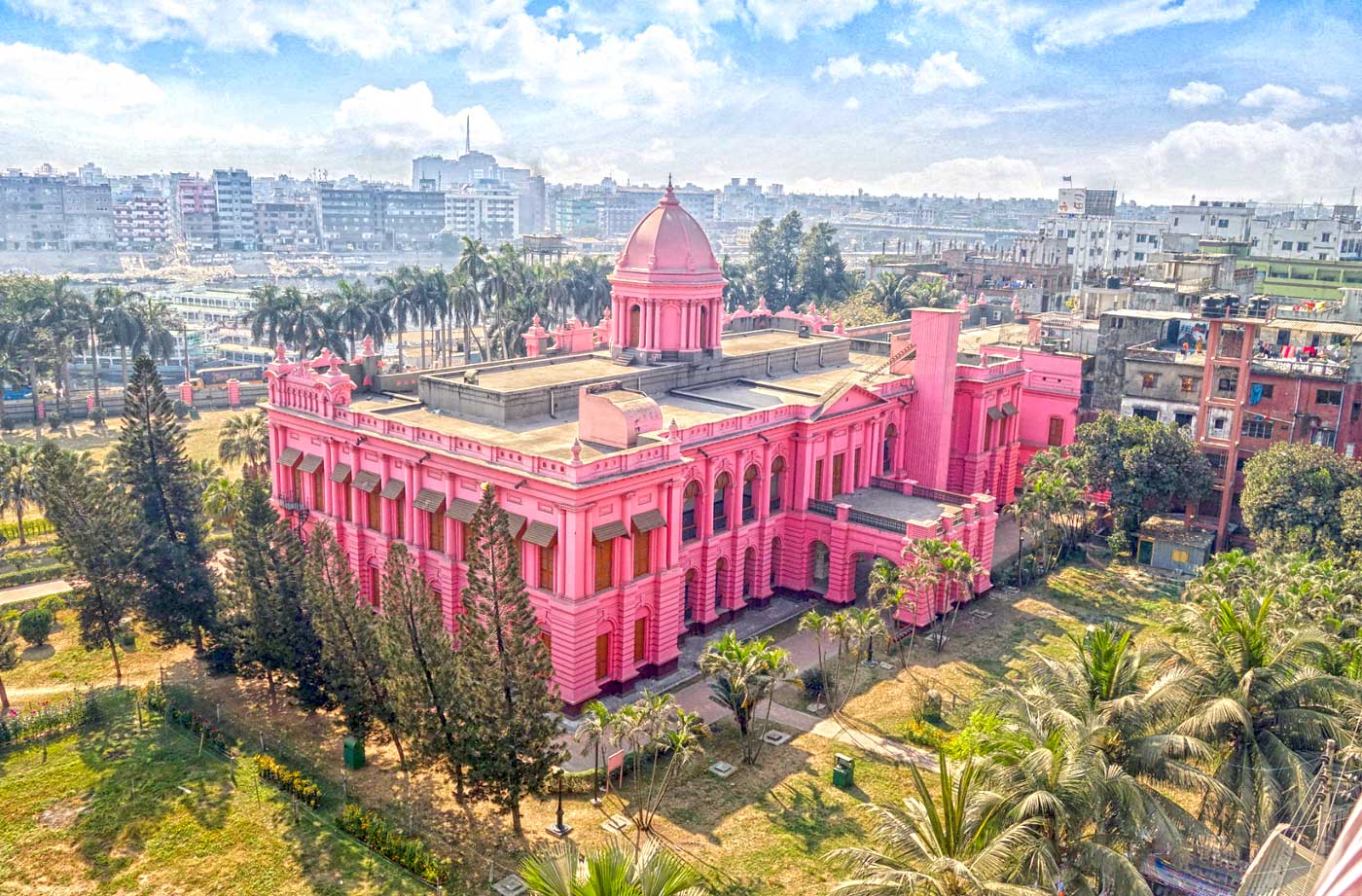
Ahsan Manzil, more popularly known as the Pink Palace, is an emblematic landmark that graces the banks of the Buriganga River in Dhaka. Originally built in the 19th century, this regal mansion once served as the official residential palace and seat of the Nawab of Dhaka. Its imposing structure, characterized by its signature pink hue and majestic domes, stands as a poignant reminder of Dhaka’s colonial past and the opulence of the Nawabs.
Inside, the palace is transformed into a museum showcasing artifacts, furniture, and portraits that depict the grandeur of a bygone era. Each room unfolds a chapter of history, revealing tales of royalty, politics, and grand celebrations. However, the real charm of Ahsan Manzil might be its riverside setting. The palace grounds offer sweeping views of the river, making it an idyllic spot to witness the ebb and flow of life in Dhaka. A visit to the Pink Palace is not just a step back in time but also an experience that melds the city’s rich history with its vibrant present.
3. Bangladesh National Museum
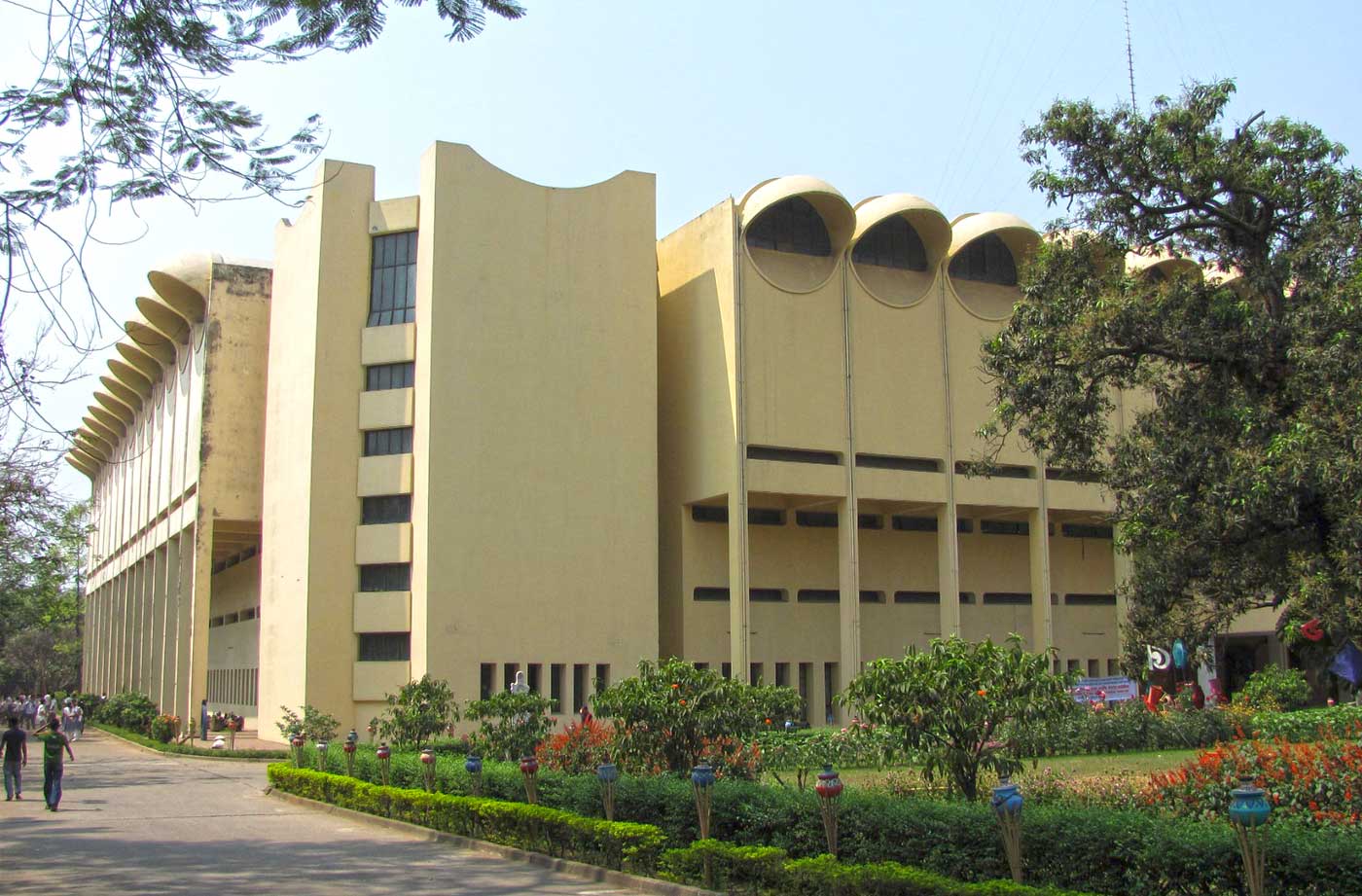
Located in the heart of Dhaka, the Bangladesh National Museum stands as a comprehensive repository of the nation’s rich history, culture, and artistic heritage. Spread across multiple floors, the museum’s vast collection ranges from ancient artifacts to contemporary artworks, each narrating a unique story about the land and its people.
The galleries within are a deep dive into the epochs of Bangladesh, from its early civilizations, showcased by terracotta sculptures and ancient coins, to the poignant reminders of its struggle for independence. Moreover, the art sections capture the essence of Bengali creativity, spotlighting both traditional and modern art forms. For any traveler keen on immersing themselves in the multifaceted narrative of Bangladesh, the National Museum is an indispensable destination, serving as both an educational hub and a testament to the country’s enduring spirit.
4. Star Mosque (Tara Masjid)
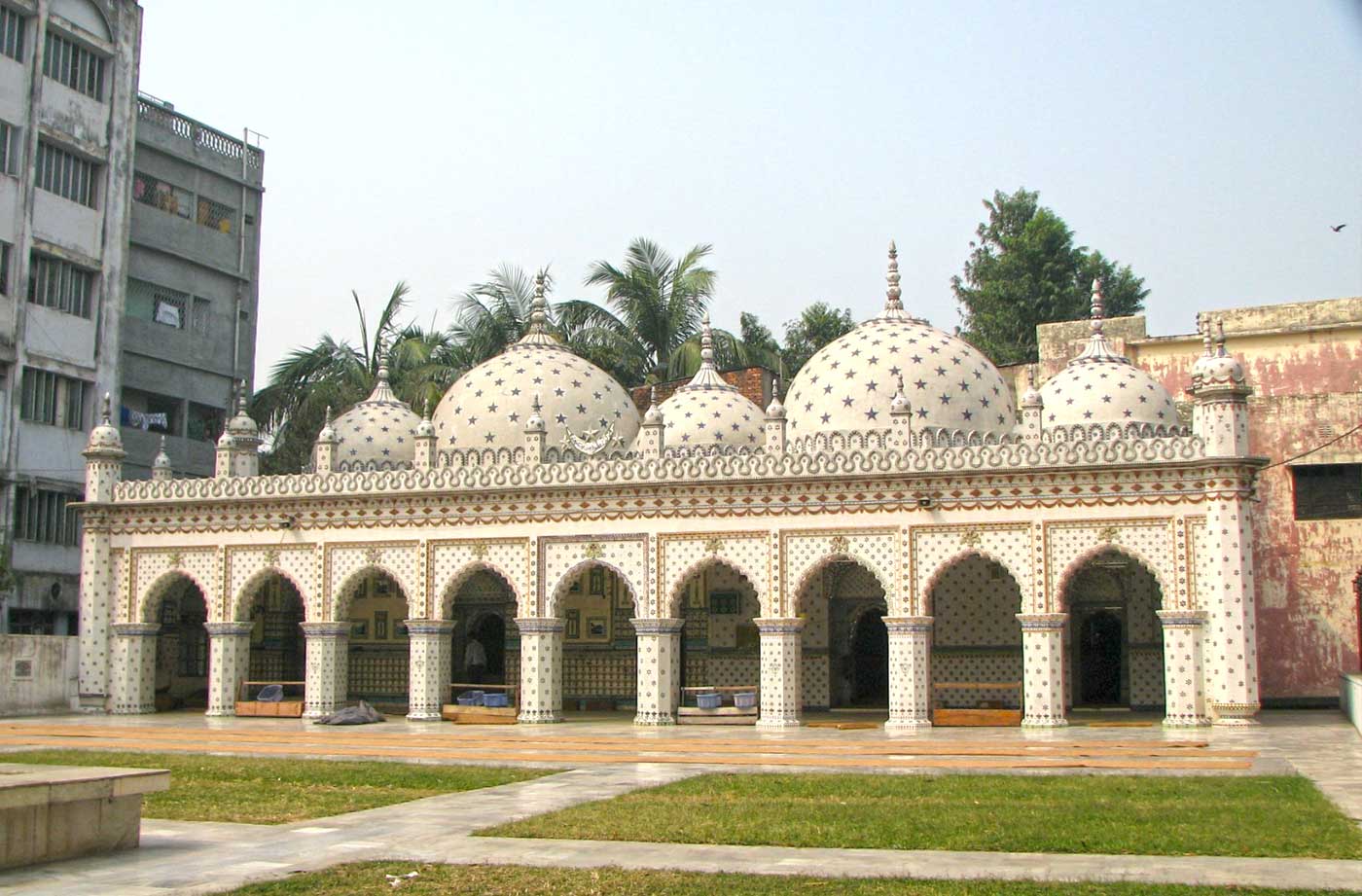
Nestled within the older parts of Dhaka city, the Star Mosque, also known as Tara Masjid, shines not just as a place of worship but also as a gem of architectural beauty. Built in the early 19th century, this mosque stands out due to its distinctive star motifs which adorn its white marble walls, giving it the celestial name that it’s known for.
The Star Mosque, having undergone various renovations and additions, showcases a unique blend of Mughal and British architectural styles. The intricate mosaic designs, made with fragments of Chinese porcelain, further enhance its allure. But perhaps what truly sets this mosque apart is its serene ambiance amidst the hustle and bustle of the city. Whether you’re an architecture enthusiast or a soul seeking solace, the Star Mosque offers a quiet retreat and an intimate glimpse into Dhaka’s spiritual and artistic heritage.
5. Lalbagh Fort
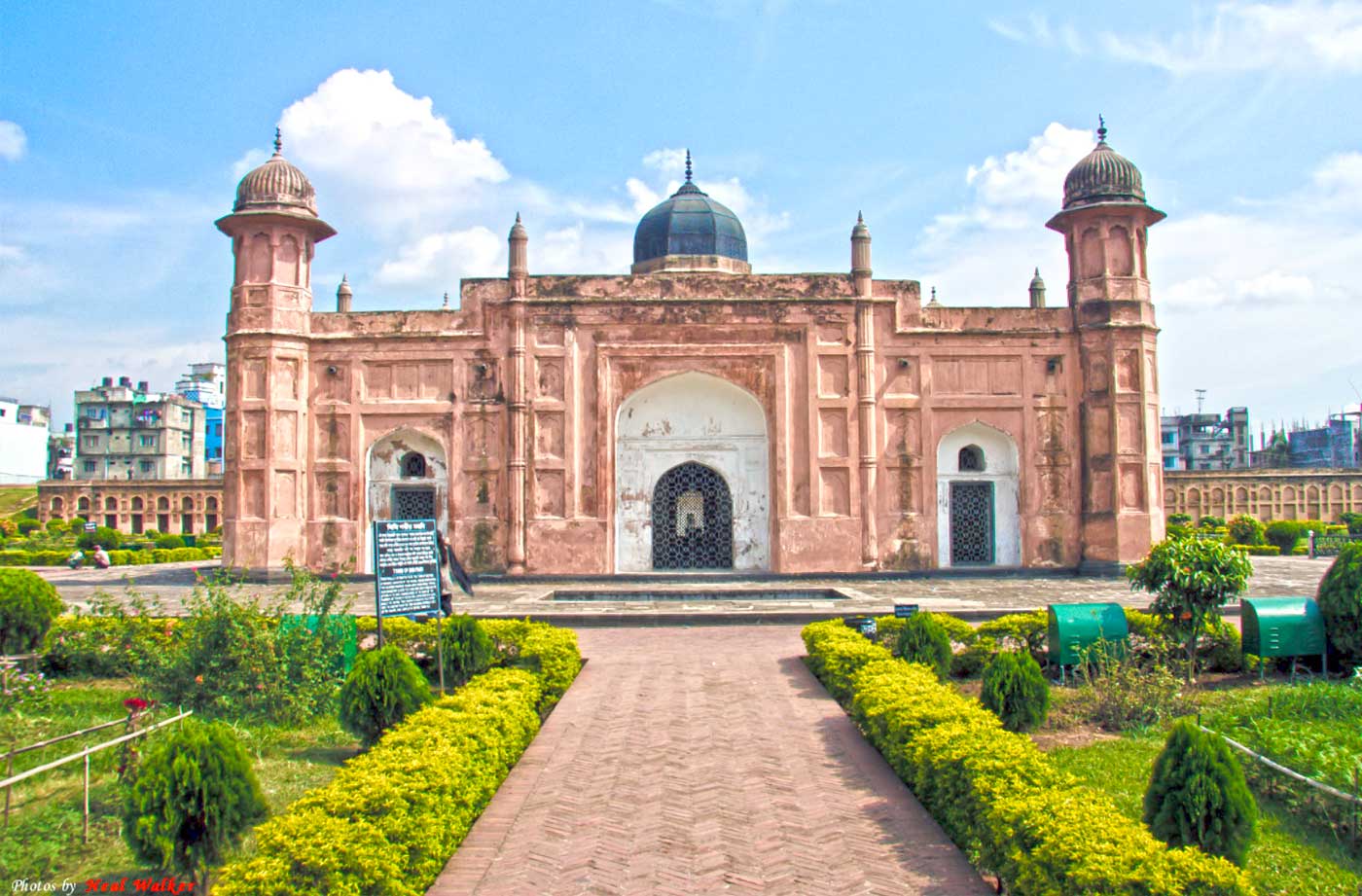
Dhaka’s historic heart beats strongly at Lalbagh Fort, an unfinished Mughal-era complex that dominates the city’s skyline with its timeworn ramparts and elegant structures. Initiated in 1678 by Prince Muhammad Azam, the fort bears silent witness to myriad tales of power, love, and the often tumultuous past of the Bengal region.
Amidst its sprawling grounds, visitors can explore the lofty gateways, the grandiose mausoleum of Bibi Pari, and the Lalbagh Mosque – each corner echoing whispers of bygone eras. Beyond its architectural marvels, the fort’s gardens provide a tranquil escape, where one can meander through well-manicured pathways and drink in views of the ancient edifices. As the sun sets, casting golden hues on its walls, Lalbagh Fort is not just a historical monument but a poetic testimony to Dhaka’s rich tapestry of history and heritage.
6. Liberation War Museum
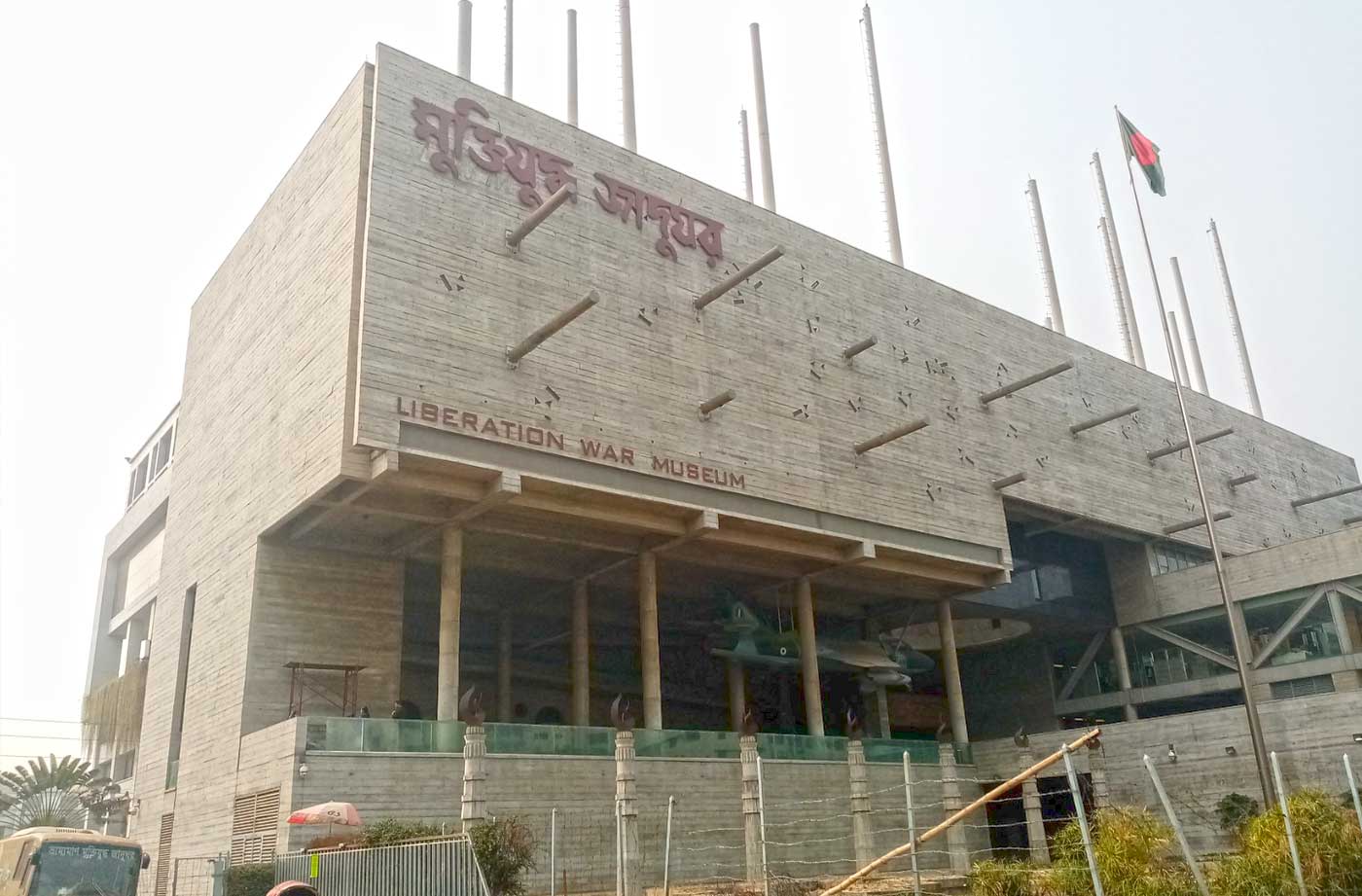
In the heart of Dhaka stands the Liberation War Museum, a solemn tribute to the resilience and valor of the Bengali people during the tumultuous period of the 1971 Liberation War. This museum isn’t merely an institution but a deeply emotional journey, chronicling the struggle of a nation yearning for its identity and freedom.
Through a series of evocative exhibits, the museum offers a poignant insight into the events leading up to the war, the heroic resistance, and the eventual triumph of the Bangladeshi spirit. Artefacts, personal memorabilia, and heart-rending testimonials provide an immersive experience, painting a vivid picture of the sacrifices made. For travelers seeking to delve deep into the soul of Bangladesh and grasp the essence of its modern history, the Liberation War Museum is an indispensable stop. It’s more than just a museum; it’s a testament to the indomitable spirit of a nation reborn.
7. Baldha Gardens
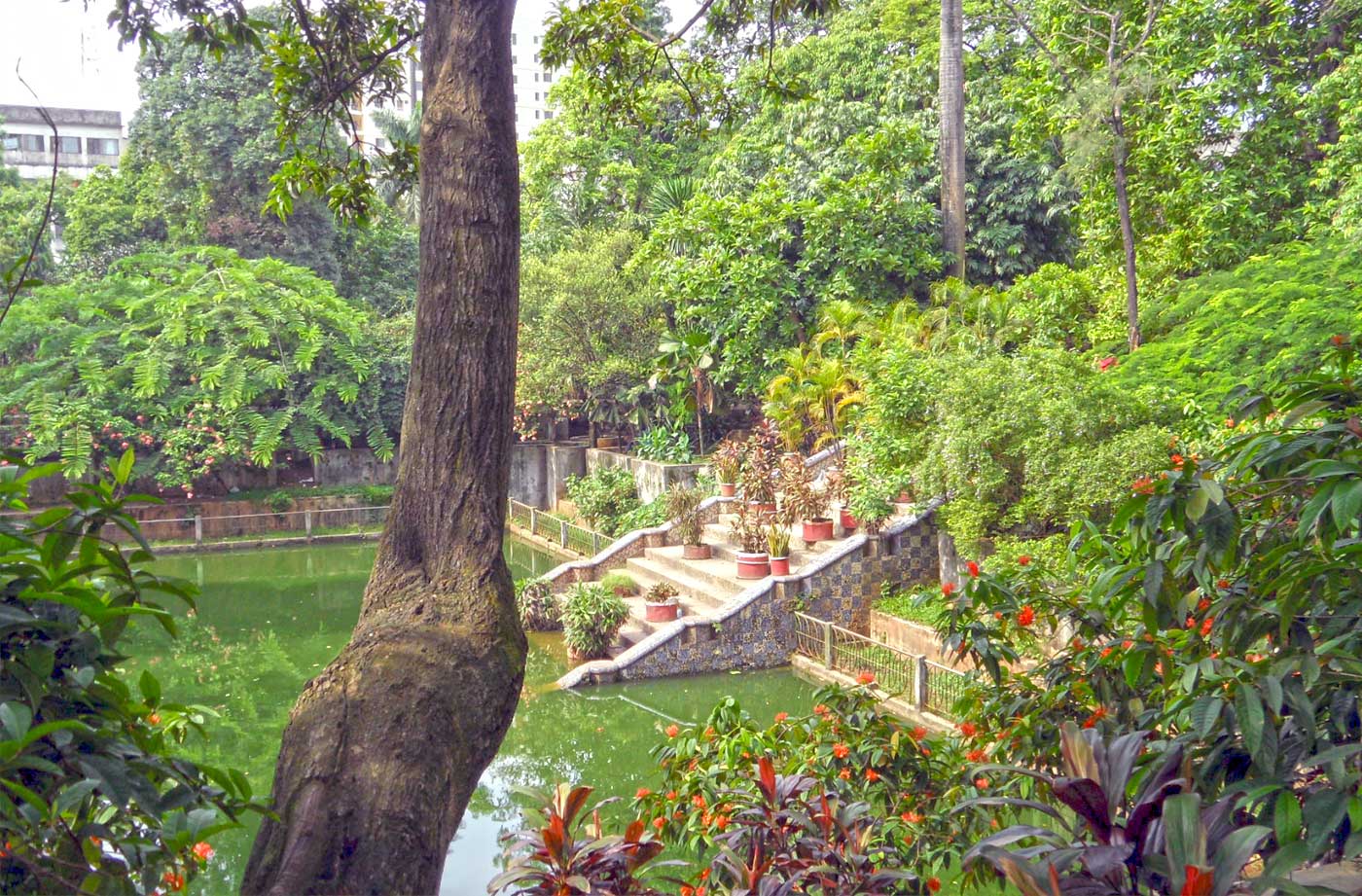
Amidst the urban cacophony of Dhaka lies an unexpected sanctuary: the Baldha Gardens. This century-old botanical treasure, spread over a compact 3.15 acres, serves as a green oasis in a bustling metropolis, offering a serene escape for both residents and travelers alike.
Established by the wealthy Zamindar Narendra Narayan Roy Baldha, the gardens boast an impressive array of flora, with over 670 species of plants, some of which are rare and exotic. Winding pathways lead visitors through sections dedicated to aquatic plants, cacti, orchids, and ferns, each more enchanting than the last. But beyond its botanical wonders, Baldha Gardens resonates with history and the passion of its founder for nature’s splendor. As you stroll through, the gentle rustling of leaves and the symphony of chirping birds remind you of the timeless beauty that nature, even in the heart of a city, can offer. A visit to Baldha Gardens is not just a botanical journey, but a soothing balm for the urban-weary soul.
8. Baitul Mukarram Mosque
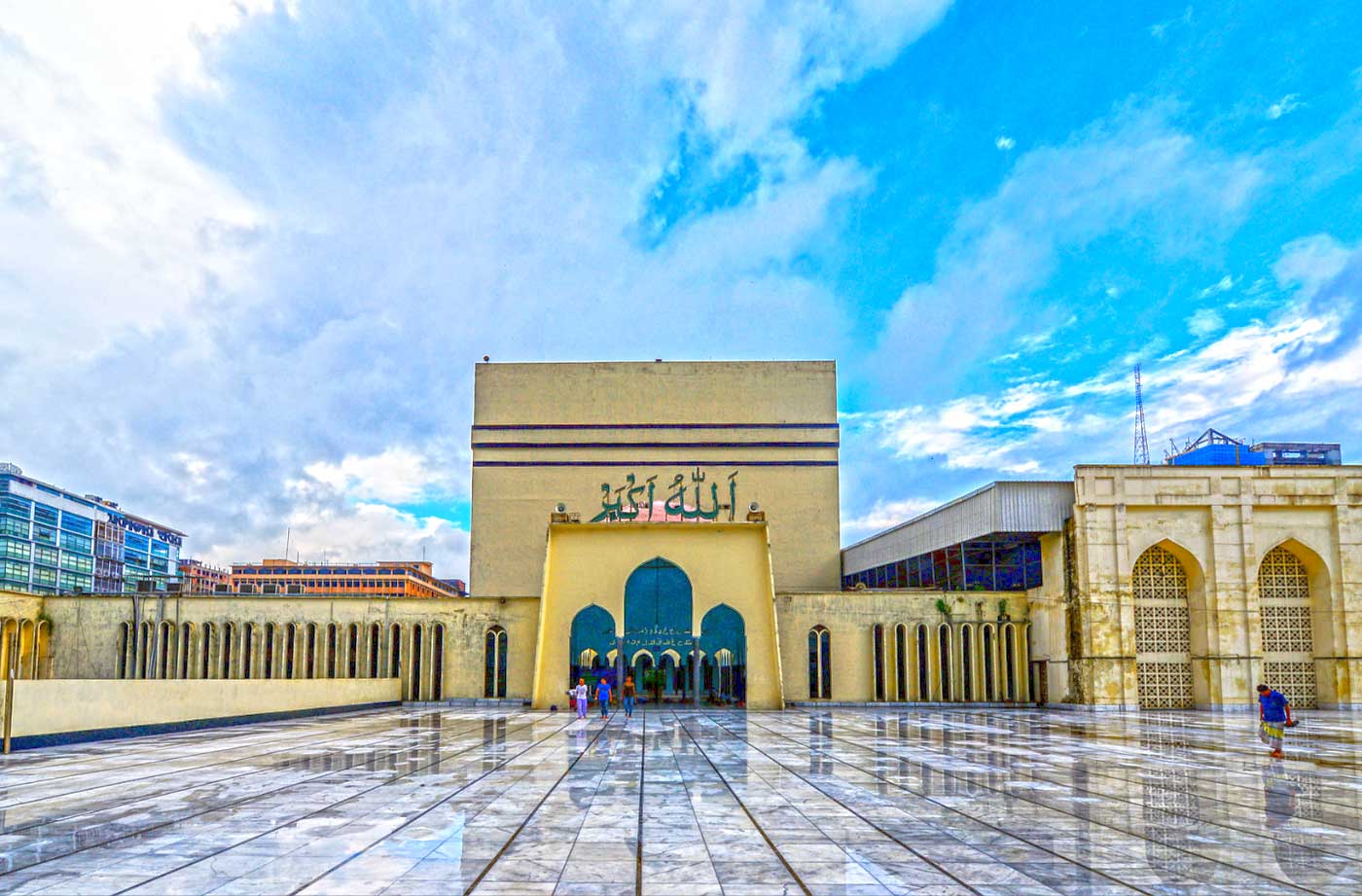
In the pulsating heart of Dhaka, the Baitul Mukarram Mosque stands tall, not just as the national mosque of Bangladesh but as an architectural marvel marrying contemporary design with traditional essence. Its unique cylindrical shape, distinct from the typical domed mosques, captures immediate attention, drawing parallels to the Kaaba in Mecca and cementing its significance in the city’s religious tapestry.
Venturing inside, visitors are embraced by a vast and serene courtyard, a stark contrast to the urban hustle just beyond its walls. The mosque’s interiors echo the purity of Islamic design, with elegant calligraphy and intricate patterns adorning its walls. But beyond its structural beauty, Baitul Mukarram serves as a spiritual nucleus for the city’s residents, a place of solace and reflection. For any traveler keen to experience Dhaka’s spiritual heartbeat and architectural innovation, a visit to Baitul Mukarram Mosque is both enlightening and enriching.
9. Jatiyo Sangsad Bhaban (National Parliament House)
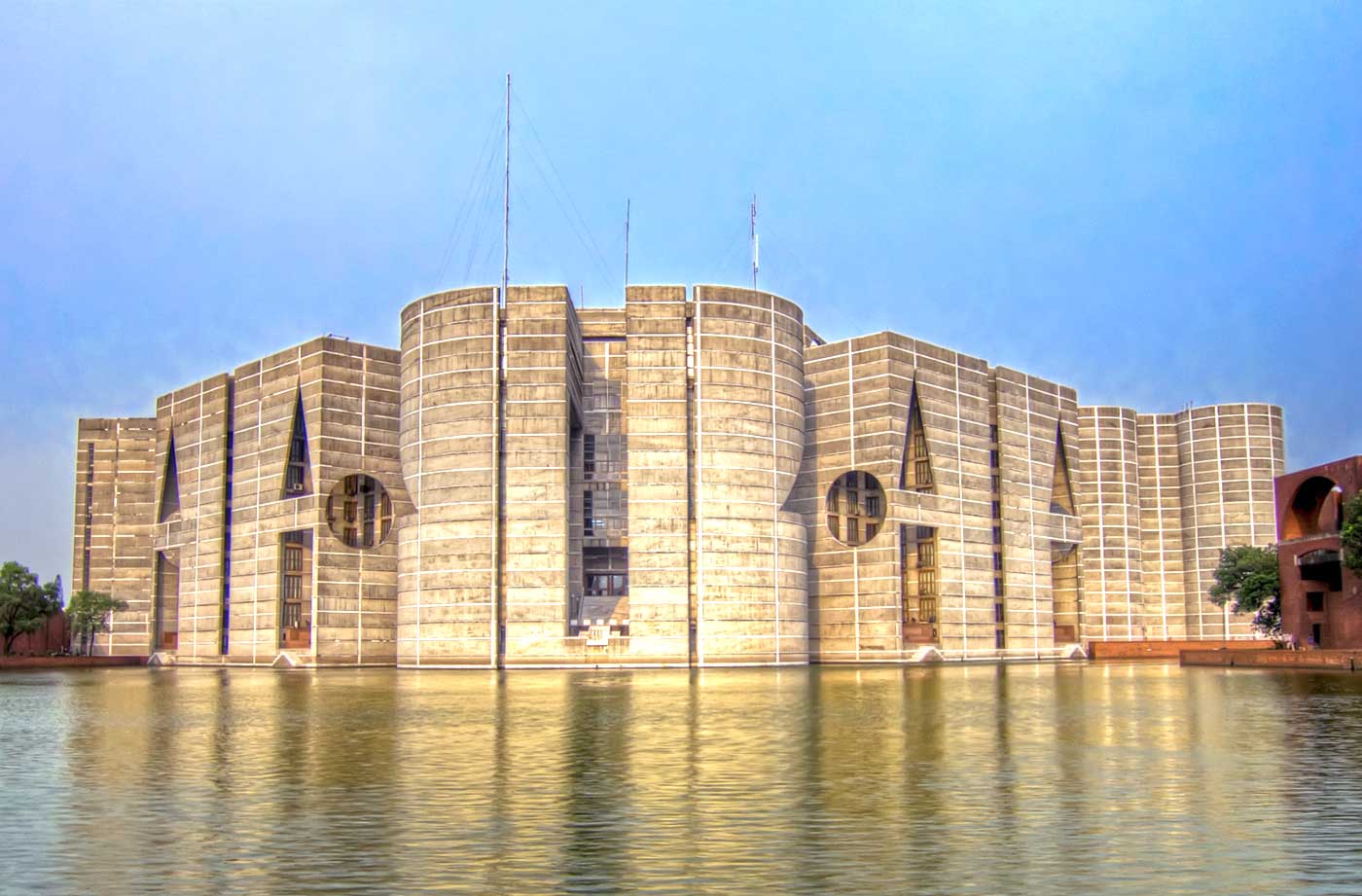
Amid the vibrant tapestry of Dhaka’s landmarks, the Jatiyo Sangsad Bhaban, or National Parliament House, emerges as an architectural masterpiece, representing not just the political heart of Bangladesh, but also the nation’s aspirations and pride. Designed by the legendary architect Louis Kahn, this edifice stands as a testament to the harmonious blend of modernist architecture with the cultural ethos of Bangladesh.
The sprawling complex, set against vast lawns and reflective water features, exudes an aura of solemnity and grandeur. Kahn’s visionary design incorporates geometric forms, utilizing circles, triangles, and rectangles, making the structure a visual marvel, especially when bathed in the golden hues of sunset. Beyond its design, the Jatiyo Sangsad Bhaban stands as a symbol of democracy and the enduring spirit of the Bangladeshi people. A tour through its halls and chambers offers visitors an insightful journey into the country’s legislative processes and its architectural prowess.
10. Sadarghat Boat Terminal
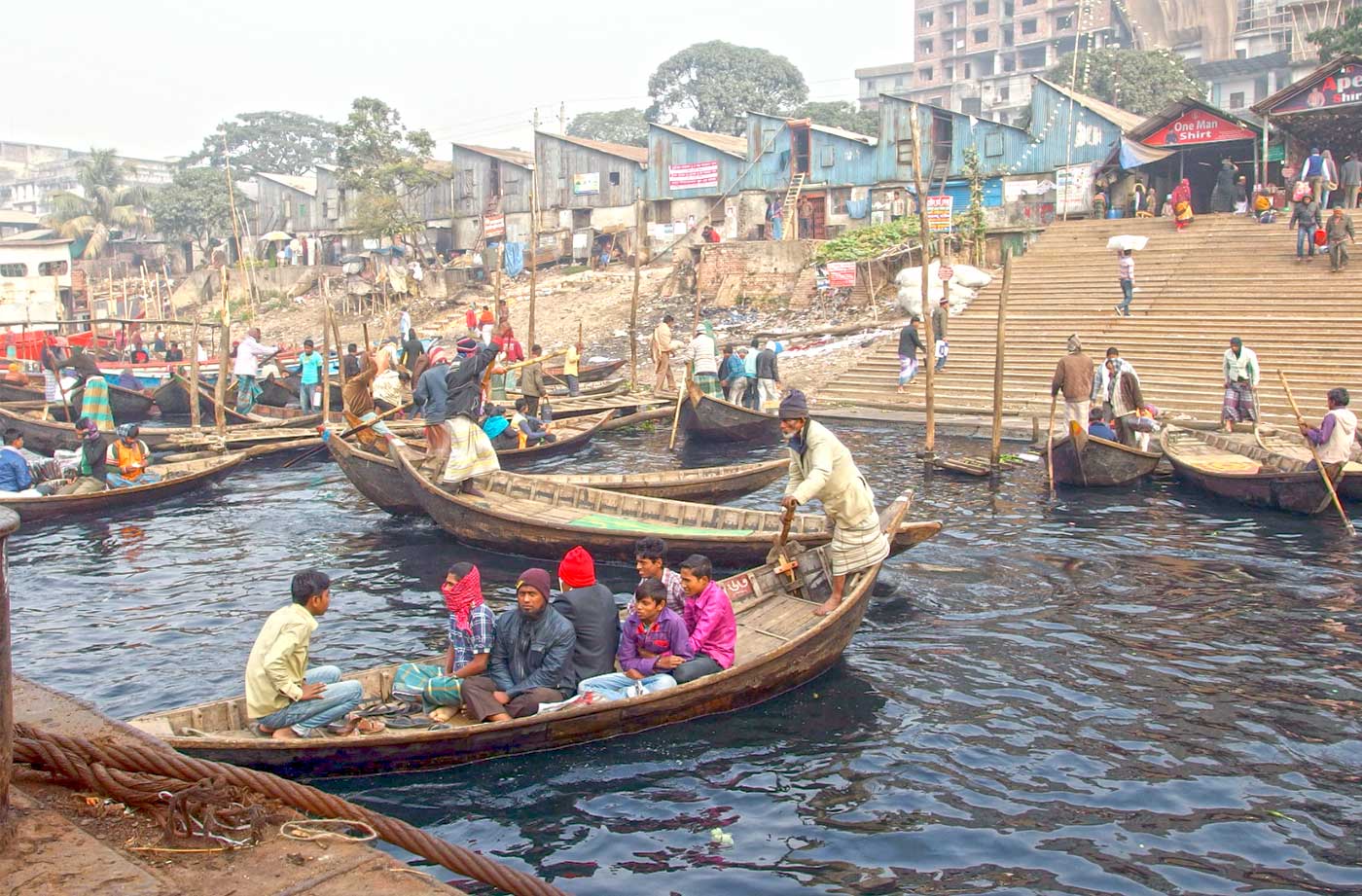
Stepping into the realm of Dhaka’s Sadarghat Boat Terminal is like stepping into the very lifeblood of Bangladesh, a country crisscrossed by rivers. As one of the largest river ports in the world, Sadarghat is a hive of ceaseless activity, where the rhythmic dance of boats and the cacophony of traders create an immersive tableau of riverine life.
From the early hours, the terminal awakens to a symphony of sights and sounds: the soft splash of oars, vendors calling out their wares, and boats of all sizes, from humble wooden dinghies to grand passenger vessels, jostling for space. Observing the ebb and flow of life here offers travelers an unvarnished glimpse into the daily realities of many Bangladeshis. Beyond mere transportation, Sadarghat encapsulates the resilience, dreams, and indefatigable spirit of Dhaka’s inhabitants. A visit promises not just a visual treat, but an experiential journey into the heart of Bangladesh’s river-bound soul.
Feel free to explore these pages as well:
About Asia and Maps – Youtube Video ↗️
And so, our whirlwind journey through Dhaka’s finest attractions comes to a close. While we’ve touched upon the city’s top sights, it’s essential to remember that Dhaka’s true charm lies in its unexpected moments: a spontaneous conversation with a local, the rich aroma of street food, or the soft strains of traditional music floating through the air. Each corner of this dynamic city has a tale to tell, waiting for those eager to listen. As you venture beyond this guide, may your explorations be filled with wonder, your heart open to new experiences, and your memories of Dhaka forever etched in vibrant hues. Until the next adventure, happy travels!
